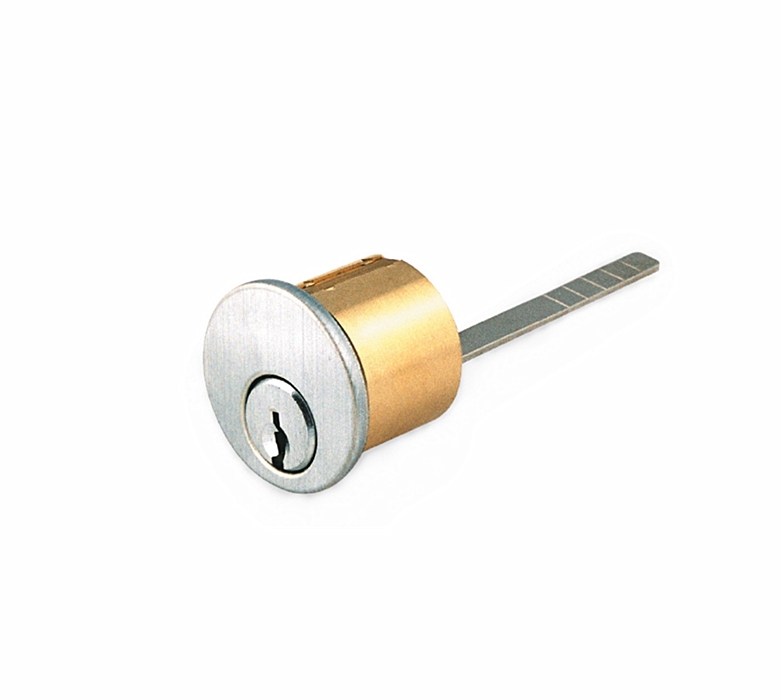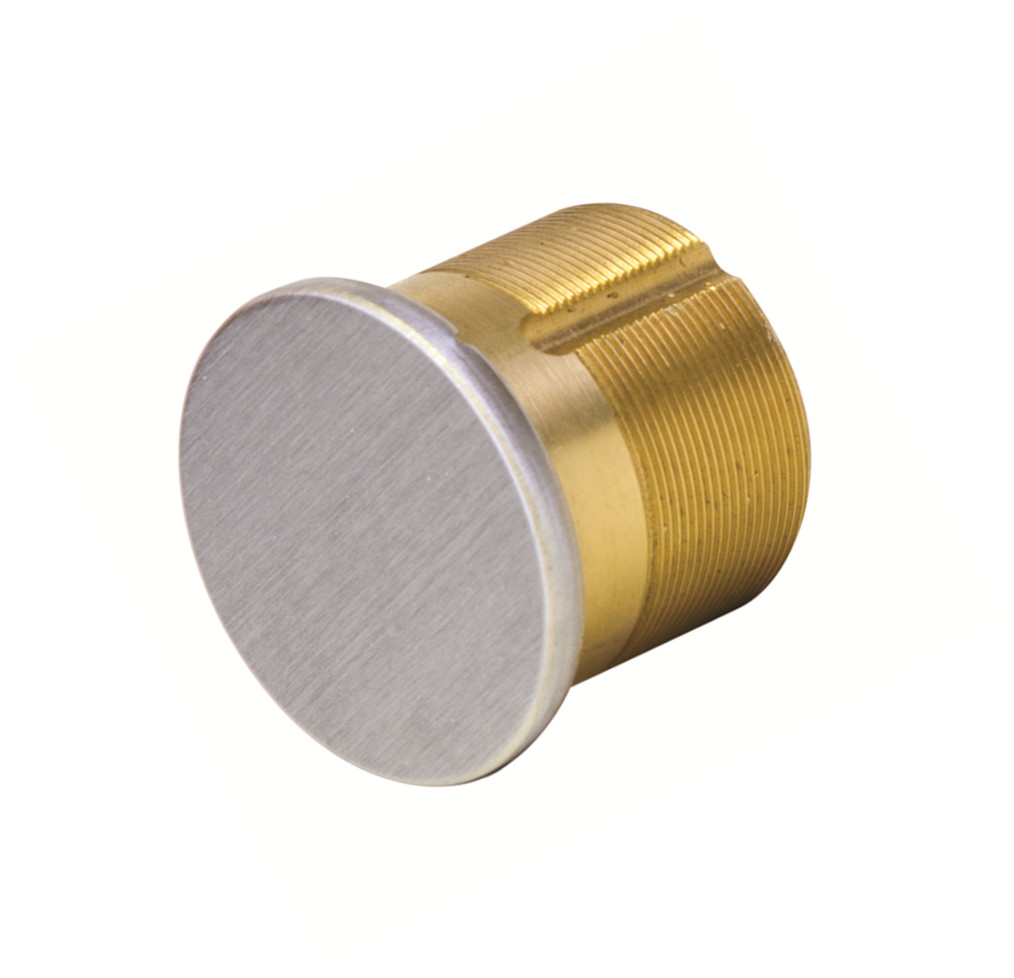Have you ever thought about how locks guard the items under your control? It all begins with a part named an essential core. Ensuring secure entry and exit can be linked to the core of a lock. But did you realize that lock cores can take an array of kinds?

We’re about to enter the lock cores field in this basic-to-learn post. We explore every kind you could face and the qualities that make each unique. Then, explore to find out which might fit you the most. Knowing the vital parts will safely protect your stuff when you use it for work or at home.
What are the different types of key cores?
The parts of locks where a key can be put and twisted are known as key cores, sometimes known as lock cylinders. They are vital because they affect a lock’s quality of safety and security. Let’s study a few sorts of key centers that are used in locks with a simple explanation:
-
regular Pin Tumbler Core
There are many small pins inside the lock. The lock releases if the correct key is put in and the pins match up exactly.
Uses: Many home and business doors have this kind of lock. They are effective at locking doors closed and are popular.
-
Tumbler Core Disc
Small discs are used to set pins for this lock. These discs rotate with the correct key, so the lock unlocks when they match up.
Uses: These are usually used on file cabinets and specific padlocks.
-
Tubular ones
The oval holes and slots on this key and lock must line up. It has a doughnut-like shape.
Uses: You can find them on computer locks, vending machines, or bike locks.
-
Interchangeable Core (IC)
These locks are unique because the core or section that holds the key is simple to modify. Also, you can use a specific key to do that exact task without removing the entire lock.
Uses: These could be great for setups where usual lock shifts are needed, like offices or schools.
-
High-Security Core
This sort of lock is both safe and rigid. It can be challenging to pick or crack due to its unique qualities.
Uses: These locks are found in vital places such as government offices and big firms.
-
Magnetic Core
This lock adds magnets and standard lock parts to boost safety further. The shape and magnetic parts of the key must match.
Uses: They apply when the safety of a very vital item is required.
-
Sidebar Core
When the proper key is applied, a specific bar in this lock flows into the setting. It’s an extra part that boosts the lock’s safety.
Uses: High-end houses and firms that need a high level of safety are typical sites for these locks.
-
Lever Tumbler Core
Levers in this lock are lifted to a specific level by a key for it to open.
Uses: These usually appear on vaults, older doors, and older locks.

Every sort of key center is built for its purpose and area. Based on the kind of safety needed, yes. By ensuring that a lock must be opened with the correct key, they improve the safety of our things.
Where can I easily find many kinds of the best key cores?
Are you seeking to locate the finest and safest lock items? Look at nearby shops or visit websites for a hassle-free shopping trip. They offer an array of choices, from basic to advanced, to satisfy varied security needs.
Also, there is an ideal place that offers the best locks if you want unique parts for your locks or a different task. And that’s Junying Metal Manufacturing‘s website. It’s an excellent choice. They may help you realize your plans since they specialize in creating metal items. Check out what they’ve got to offer on their web page, then contact them for customized support!
FAQs
How do pin tumblers differ from other types?
Pin tumblers use pins to stop the lock from turning without the correct key. When you use the key, it lines up the pins so the lock can open.
What are the advantages of using a dimple core in a lock?
Dimple ones have tricky designs and can use many sets of pins, making them hard to pick or tamper with.
Can you explain the functioning of a wafer tumbler core?
Wafer tumblers use flat metal wafers instead of pins. When you use the correct key, these wafers line up, allowing the lock to turn.
What security benefits do sidebars offer compared to traditional designs?
Sidebar ones have extra security parts that must align with the key to open. And it makes them challenging to pick or tamper with.
Are interchangeable core systems suitable for all types of locks?
Yes, they’re versatile and can work in many locks, like door locks, making it easy to manage keys.
How do magnetic ones work, and where are they commonly used?
Magnetic ones use magnets to work. They’re often used in high-security places, like access control systems.
Can you describe the construction and operation of a disc detainer core?
Disc detainers have rotating discs inside. These discs align to open the lock when the correct key is used. They’re often seen in padlocks.
What factors should I consider when choosing the right core type for my security needs?
Consider how secure you need it to be if it can resist picking. Also, consider how easy it is to duplicate keys and if it fits where you want to use it. Talking to a security expert can help you decide.
Conclusion
All right! In a nutshell, many key cores are available to you. There are many kinds out there, including the basic ones used within the digital models. We have digital essential cores, dimples, wafers, and pin tumblers. Each kind has its unique role and way of keeping items safe. You need to just pick between them according to your needs.
